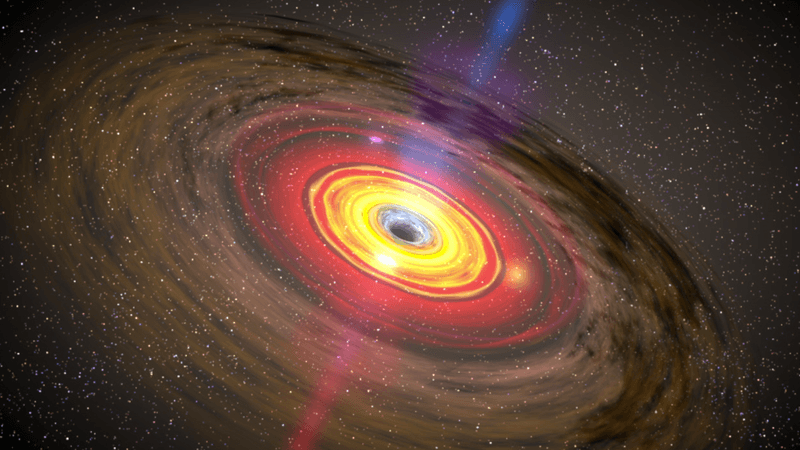Today, Earth’s landmasses are split up into several continents, separated by vast oceans. But this has not always been the case – hundreds of millions of years ago, they formed a single supercontinent. And, in the future, it’s predicted that they will again.
The past, present, and future of Earth’s supercontinents is explored in a recent article by Alexandra Witze for ScienceNews. In it, she details the evidence for Earth once having supercontinents, and explains why scientists think Earth will form a new one – Amasia – in 50 to 200 million years.
In the past there is thought to have been more than one supercontinent. Perhaps the most famous, Pangaea, existed from 400 to 200 million years ago, and helps explain how and why similar dinosaur fossils are found in different places around the world.
Another, Rodinia, is thought to have existed between 1.3 billion and 750 million years ago. And there’s a third, Nuna (or Columbia), stretching back further than 1.4 billion years.
Based on the shrinking of the Pacific Ocean, though, scientists think North America and Asia will come together in the future to form Amasia. Whether that will actually happen isn’t clear, and some have suggested that instead the two might be joined via the shrinking of the Arctic Ocean.
“Speculation about the future supercontinent Amasia is exactly that, speculation,” geologist Ross Mitchell of Curtin University in Perth, Australia, told ScienceNews. “But there’s hard science behind the conjecture.”
This isn’t the only theorized supercontinent that might form in the future. One hypothesized future is Pangaea Ultima, which would see the Atlantic and Indian Oceans close, bringing the Americas back together with Africa and Europe. Another known as Novopangaea would see the Pacific close and put Australia and eastern Asia together.
The idea that Earth’s continents are moving isn’t too controversial – the Americas and Europe are moving apart a few centimeters a year at the moment, for example. But it’s not entirely settled what the future holds, although perhaps Amasia is a good bet.
(H/T: ScienceNews)




